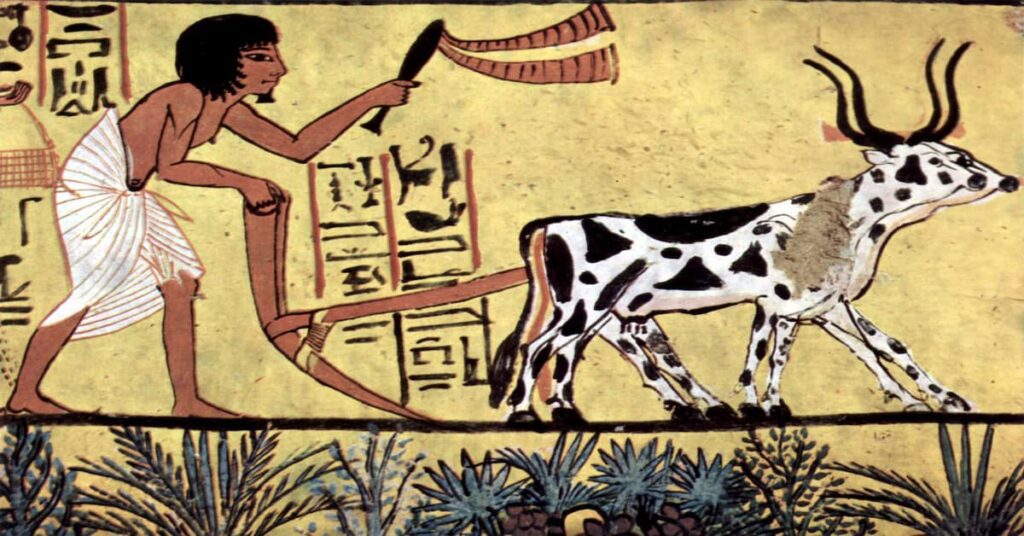Ancient DNA maps & what they tell about the Dawn of farming
Dawn of farming – The Stone Age has three time periods. The first is the Paleolithic period meaning the Old Stone Age, the Mesolithic period is the Middle Stone Age, and the third is the Neolithic period known as the New Stone Age. During these three periods, Humans depended mostly on hunting and gathering for their need of food. These three periods saw development in the tools made with stones as metals were unknown at that time.
The Neolithic period was the last period of the Stone Age and saw major changes in the living style of humans. The first signs of farming were discovered during this period with the study of DNA from various sources. The study of various DNA materials such as remains of the human body, seeds, plants, and tools made of stones suggests that the first farming community appeared in present-day Middle East Asia, and later these communities moved to other parts of the world. These events happened nearly 12000 years ago. This period with the invention of farming also domesticated animals for their farming needs.


The History of agriculture
Humans used to hunt animals and gather food from vast forests to fulfill their need for food before the advent of the Dawn of farming/agriculture. With the advent of agriculture, the way of human lives changed on a large scale. The Neolithic revolution transitioned humans from hunter-gatherers to one of agriculture and settlement. The settled communities allowed humans to observe and experiment with various plants, how they grew, how much time they needed to grow, and other such studies. These new findings related to seeds and plants led to the domestication of several plants into crops.
These communities also learned to modify their natural environment through food-crop cultivation, irrigation facilities, and deforestation which resulted in a surplus of food. They also domesticated animals invented the art of pottery, polished stone tools, and made rectangular houses. These events led to populated settlements, division of labor and specialization, and trade. This is the history of agriculture.
Ancient DNA and its role in the study of the Dawn of farming
Molecular genetics has been employed to study various excavated sites from around the world to study the first farming people and the ‘Dawn of farming’. Genetics has helped researchers to determine the dates of domestication of various crops, and animals and the dates of settlements.
Ancient DNA studies of animal remains, analysis of human bones, and remains of seeds have helped researchers to find out a huge amount of information about the Dawn of farming practices and they have estimated the date of earliest farming to be 12000 years ago. Many sites of human remains, seeds, plants, and animals have been found and they have helped the researchers a lot in knowing the way of life, way of farming, animal domestication, and other practices done during that period.
Learn to code or start your career in programming with online coding and programming courses. Visit our courses page- Calanjiyam
Calanjiyam Consultancies and Technologies.
FAQs
Where did the first growers come from?
Neolithic Britain where did the first growers come from?
husbandry is allowed to have begun in the Near East and made its way to the Aegean seacoast in Turkey. From there, husbandry and the specific culture that came with it( similar to new funerary solemnities and crockery) spread through important Western Europe.
What’s the oldest system of husbandry?
Ancient husbandry fashion Slash and Burn Agriculture
Slash and burn husbandry — also known as Swidden or shifting husbandry is a traditional system of tending tamed crops that involves the gyration of several plots of land in a planting cycle.
